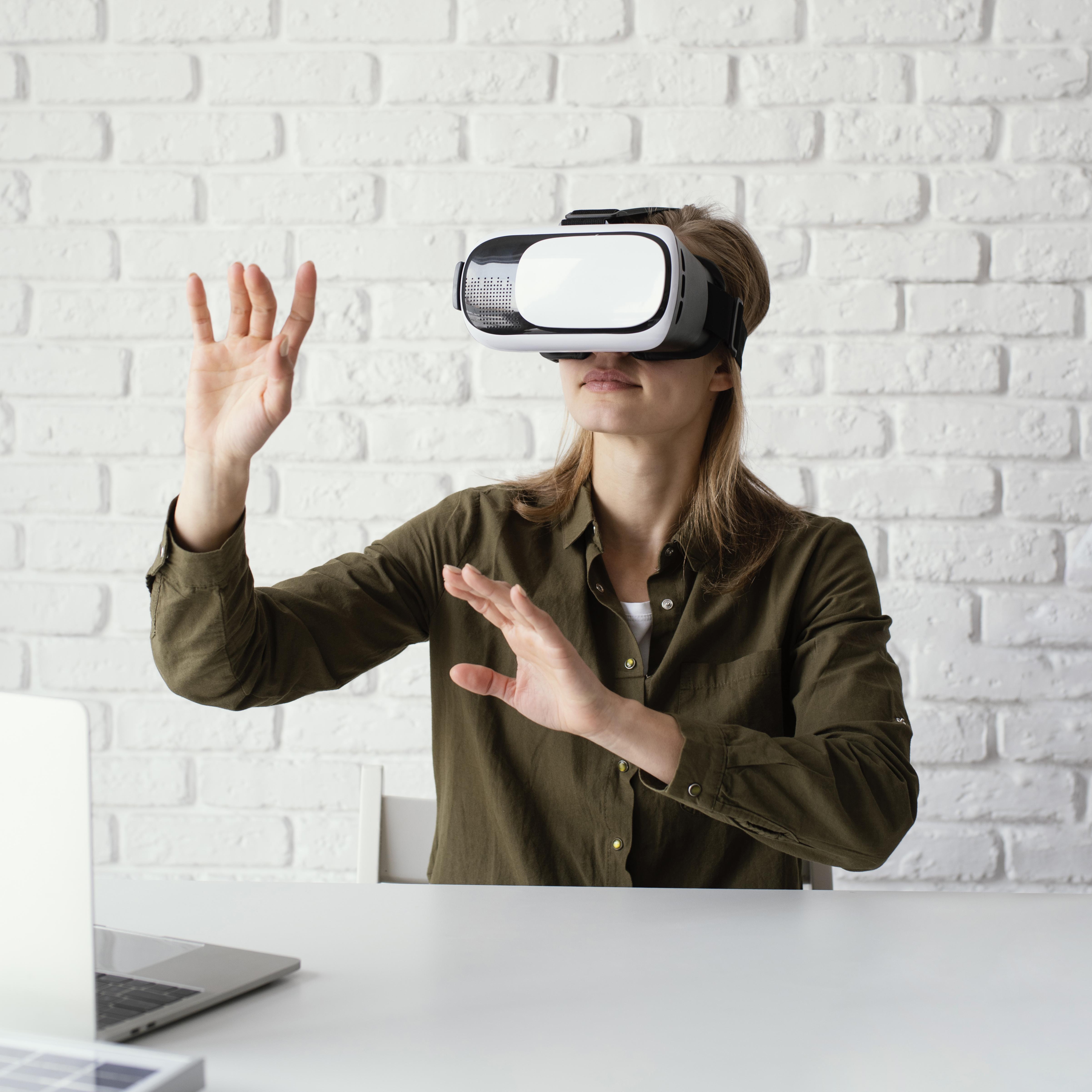
VR & AR
Virtual reality (VR) and augmented reality (AR) are technologies that allow users to experience computer-generated environments and objects in immersive and interactive ways.
VR creates a fully immersive, simulated environment that can be experienced through a headset or other specialized equipment. Users can interact with this environment using controllers or other input devices, and can move around and explore as if they were physically present in the virtual space. VR has applications in gaming, training simulations, and even therapy.
AR, on the other hand, overlays computer-generated objects or information onto the real world, typically through the use of a smartphone or other device with a camera. This technology enhances the user's perception of reality by adding digital elements to their surroundings, such as virtual furniture in a room or information about a museum exhibit.
Both VR and AR have numerous applications across a range of industries, from entertainment and education to healthcare and architecture. They can be used to enhance training and education, improve design and visualization, and create engaging and immersive experiences for consumers.
However, there are also challenges associated with these technologies, such as the need for specialized hardware and software, the potential for motion sickness and other health concerns, and issues with privacy and data security.
Overall, VR and AR have the potential to transform the way we interact with digital content and the world around us, and as the technology continues to evolve, we can expect to see even more innovative and exciting applications in the future.
